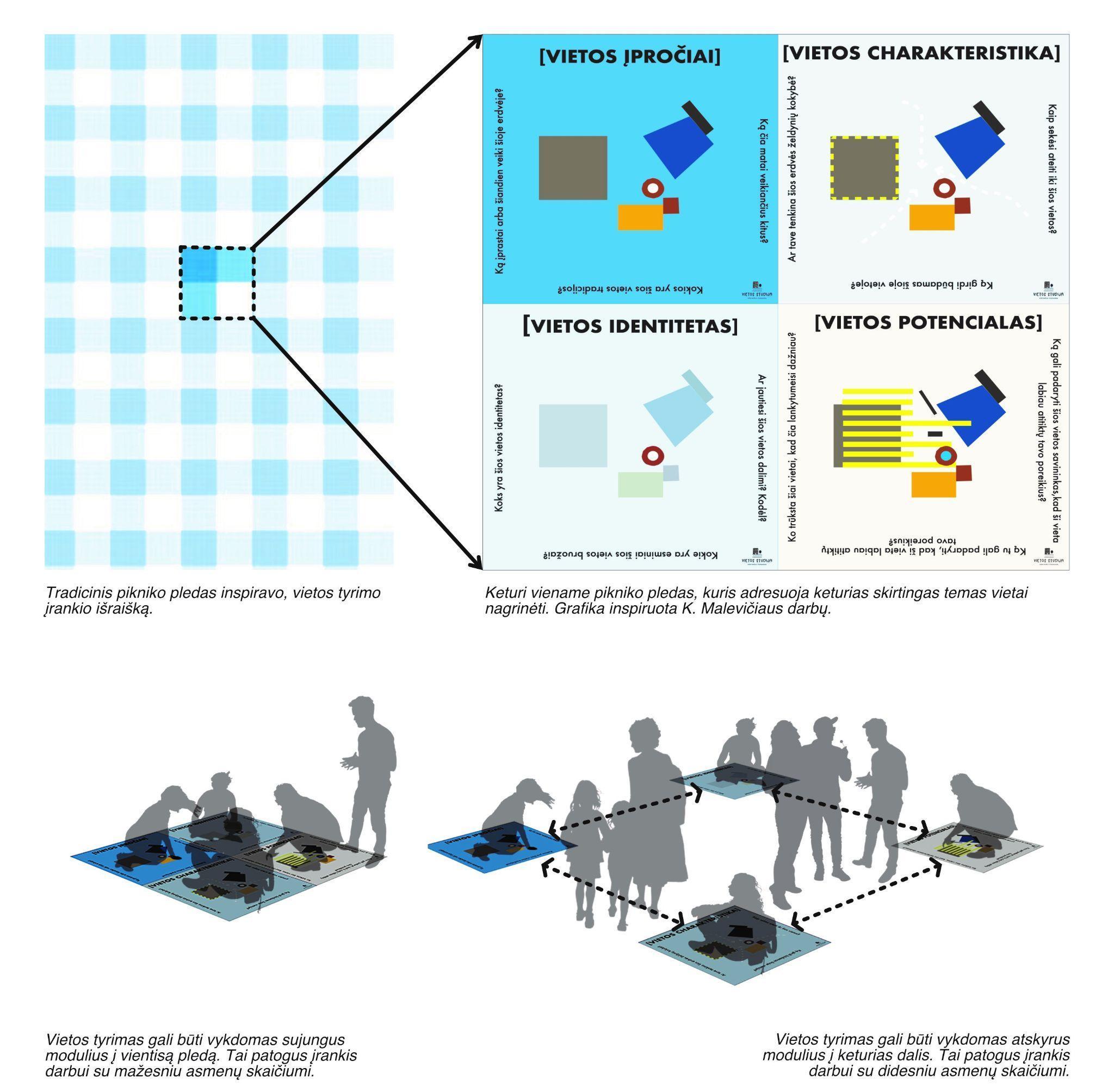
Residents as urban space creators
“What defines the character of a city is its public space, not its private space”, says Dr. Joan Clos, UN Habitat Executive Director [fn]https://www.pps.org/article/ten-strategies-for-transforming-cities-through-placemaking-public-spaces[/fn].
Space is a medium enhancing urban experience as a connection of public, semi-public and private domains. Every unspecified space challenges urban coherence and can be described as lost space.
‘Generally speaking, lost spaces are the undesirable urban areas that are in need of redesign—anti spaces, making no positive contribution to the surrounding or users. They are ill-defined, without measurable boundaries, and fail to connect elements in a coherent way.’ [fn]Roger Trancik Finding Lost Space: Theories of Urban Design (New York: John Wiley & Sons, 1986) pp 3-4[/fn] Such spaces are especially prominent in the soviet era micro-district planning where we have isolated buildings by roads and parking lots. Public space became a functional space serving roads. Furthermore, the monofunctional nature of microrayon degrades the public realm and vitality. Microrayon dwellers do not create social life engaging in communal existence around the street as it could be. However, the vitality of public space is dependent on personal choice and decision to act in publicity even if there is no obligation to do that. [fn]Mark Chidister ‘PUBLIC PLACES, PRIVATE LIVES: Plazas and the Broader Public.‘Places. Volume 6, Number 1(1989) p 36.[/fn] Essentially, public space character and meaning is formed and defined by how people choose to use it. [fn]Karen Franck A., Quentin Stevens Loose Space: Diversity and Possibility in Urban Life (New York: Routledge, 2007) pp 10-11[/fn] The main issue, is the empowerment of the community to take control over their environment. There is a need to rethink public space. D. Mitchell writes that “ struggle which is the only way that the right to public space can be maintained…” [fn]Don Mitchell The right to the city: social justice and the fight for public space (New York : Guilford Press, 2003) p. 5.[/fn] Public space is for people to be together, to interact, to exchange, to create, to learn, to trade and to collaborate.

We are a multidisciplinary team of an architect and a communication specialist who are passionate about creative placemaking, sustainability, and social innovation. In 2019 we established the association ”Ideas Garden” (Asociacija „Idėjų lysvė“ ) and started an urban garden project in Pilaite as an experiment to test it as a cultural planning and creative placemaking tool for community building, placemaking and space revitalisation. We are interested to test these surroundings and bring the discussion in order to improve the quality of life in these areas.


